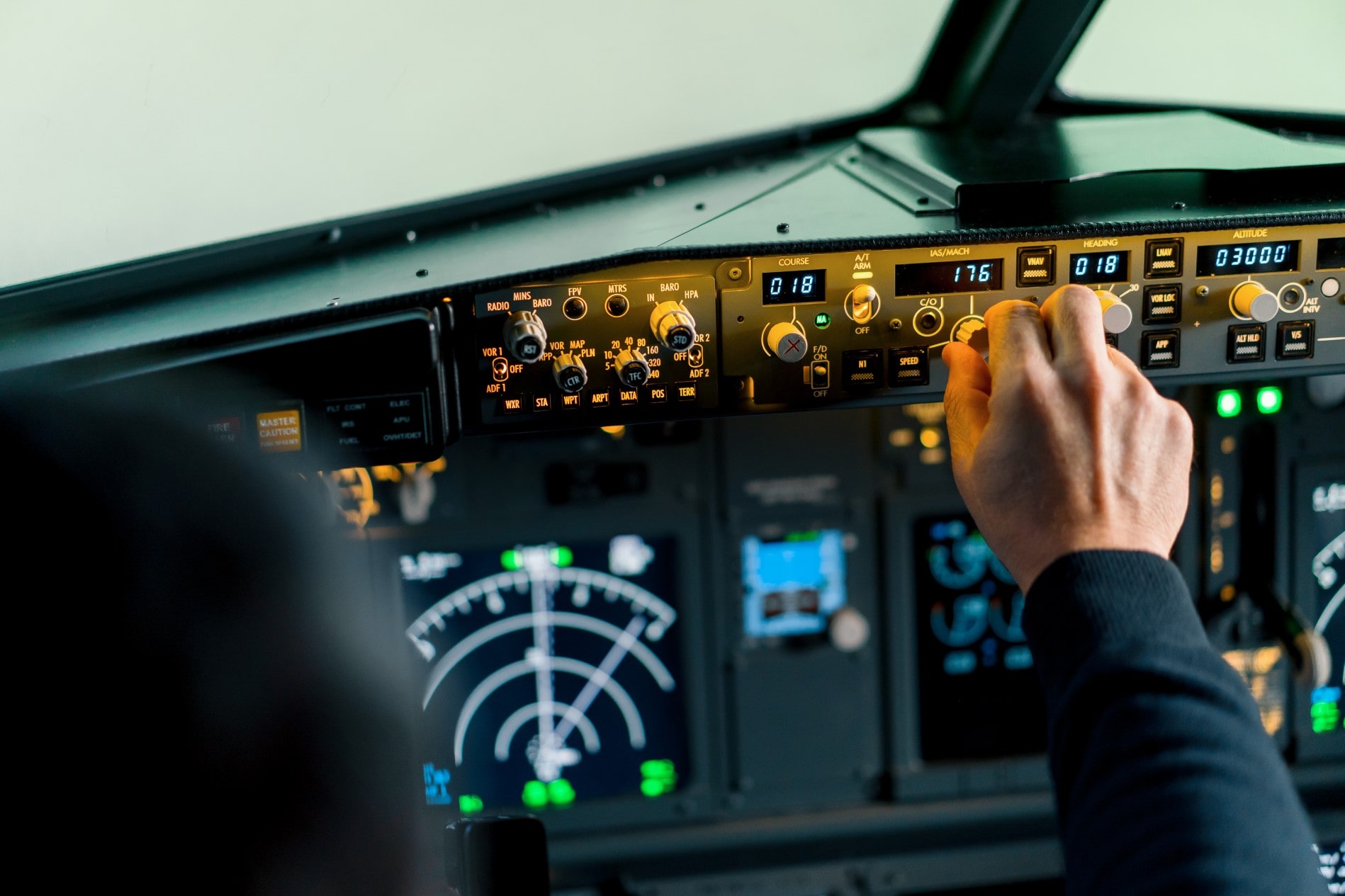In the fascinating world of aviation training, technological advancement has been a fundamental catalyst that has transformed the way professionals prepare to face the challenges of the aerospace industry.
This article explores the evolution of technology applied to aviation training, highlighting key milestones that have shaped this ever-changing educational landscape.
From Traditional Classrooms to Basic Flight Simulators: The Early Steps
In its beginnings, aviation training relied on conventional classrooms and printed materials. The advent of computers marked the beginning of a new era with the introduction of basic flight simulators. These devices allowed students to familiarize themselves with flight controls and basic concepts in a controlled environment.
Advanced Simulators: Reality in a Virtual World
A crucial milestone was the widespread adoption of advanced flight simulators. These devices, accurately replicating various atmospheric conditions and flight scenarios, offer students the opportunity to experience realistic situations and hone practical skills. The industry has witnessed a significant leap in training quality with the implementation of these advanced simulators. EAS Barcelona has three simulators, two Tecnam P2006, and an Airbus A320, both certified FNPT (II).

Virtual Reality (VR) and Augmented Reality (AR): Transforming the Learning Experience
In the last decade, virtual and augmented reality have added layers of depth to aviation training. These technologies provide immersive experiences beyond traditional simulations. They allow students to practice procedures and operations in highly realistic virtual environments, taking training to a whole new level.
Online Learning Platforms: Global Access and Flexibility
Tom Cruise, globally recognized for his unforgettable role in Top Gun, has taken his passionate interest in aviation beyond the limits of the screen. Although not holding a commercial pilot’s license, Cruise has transcended his cinematic role by actively engaging in the aviation world, demonstrating that a pilot’s license can become a vivid symbol of dedication and passion for flight.
Looking to the Future: Promising Innovations
Technological innovation is on the horizon, promising exciting opportunities to enhance the quality and effectiveness of training, and the industry is eager to embrace the upcoming innovations that will shape the future of aviation preparation.

Becoming a pilot
The technological revolution in aviation training has been an exciting journey, from early simulators to virtual reality and beyond. These innovations have not only changed the way professionals prepare but have also paved the way for an exciting future in aeronautical education.
